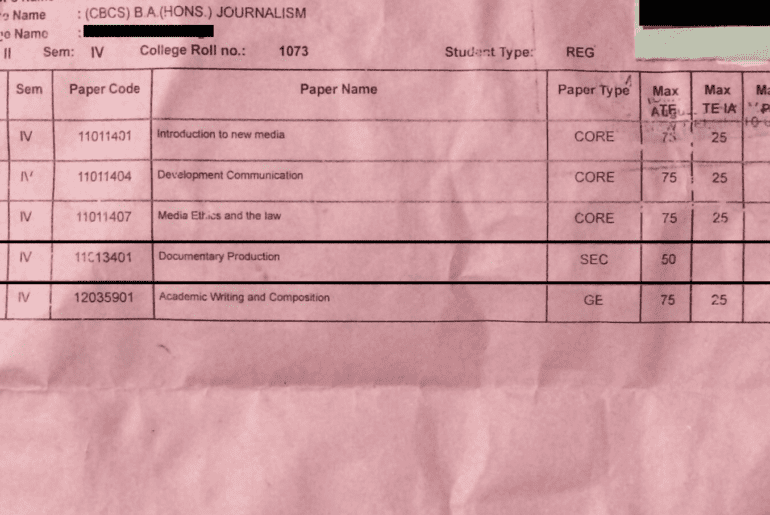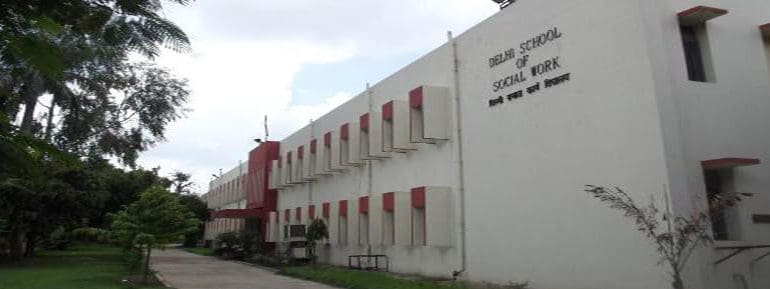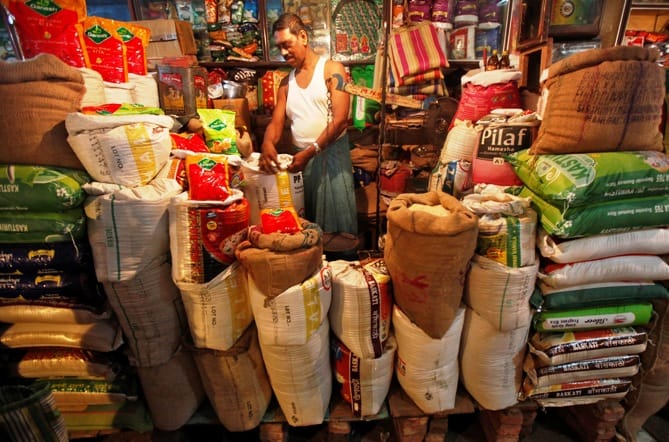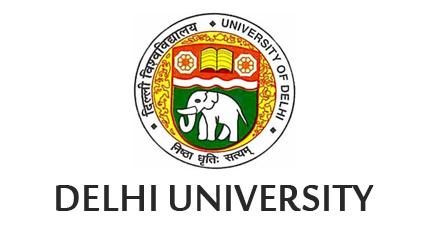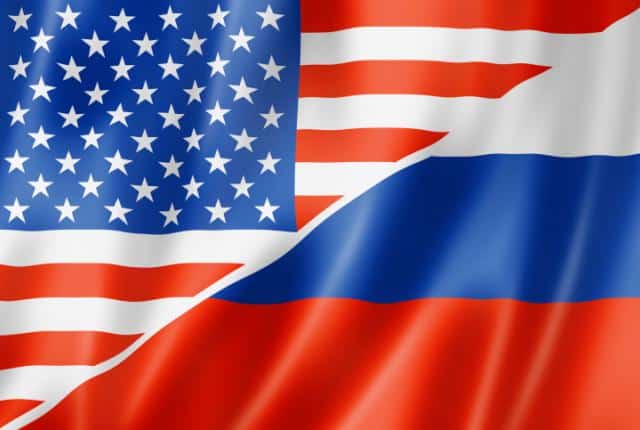Many students studying Journalism Honours and Psychology Honours under CBCS guidelines received information about the Skill Enhancement Course’s external and internal assessments’ final marks distribution from their college’s faculty members close to the date of their final examination. With the dates of receiving this information varying in different colleges, students from Journalism Honours in Kamala Nehru College (KNC) learnt about the same from their teachers hours before their examination. Interestingly, the confusion of the Psychology Honours’ batch of Daulat Ram College (DRC) was clarified only upon receiving the question paper.
The discrepancy was found out in various colleges upon receiving the admit card. Students of Journalism Honours in KNC and Lady Shri Ram College (LSR) found a 50-50 marks distribution for external and practical assessment for SEC in their admit cards. While KNC students had been studying the course keeping the 50-50 distribution in mind, LSR students were uncertain as they had been following the 75-25 marks distribution, with 25 being allotted for internal assessment. Students from other colleges also underwent similar confusion. “Our admit cards said that the SEC paper that was documentary production would be of 50 marks. But the paper actually was for 75 marks.”, said Aditya, a Journalism Honours student from DCAC.
The situation varied across different colleges and different departments. In certain colleges, the final distribution came to the students’ knowledge quite late, while in certain colleges like Indraprastha College for Women (IPCW), there had been no discrepancy about the same neither in the admit cards, nor with the faculty.
The entire situation around the distribution of marks created confusion and hustle among students. “We were pretty confused since we didn’t know how the marks would be divided and how we are supposed to answer had it been for 50 marks.”, said Utkarsha, a Psychology Honours student from Daulat Ram College, where no clarification from the faculty had been received regarding the SEC Emotional Intelligence paper.
DU Beat reached out to faculty members, but received no comments from their end. There is still uncertainty whether the discrepancy had been for the Journalism Honours and Psychology Honours courses only.
Such action by the college administration as well as the faculty members makes us question whether the students’ best interests are really at heart. After all the formalities and unnecessary steps the students are forced to go through to receive their admit cards, such a massive error with regards to the marks distribution is a careless mistake by the authorities. Students who prepared accordingly, having faith in the college administration and the teachers, were shocked on the day of the examination. With all the buzz around exams and the pressure on students, why was this matter handled so inadequately by the authorities?
Priyal Mahtta
[email protected]

